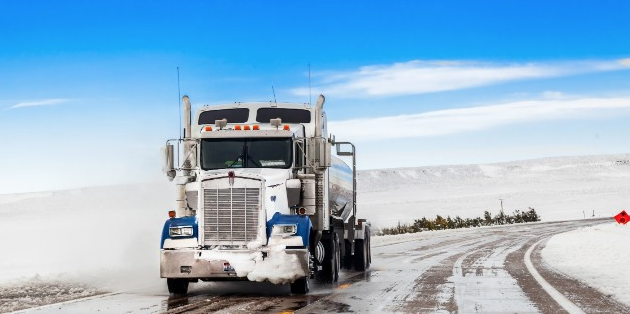Why Winter Prep for Big Rigs Needs to Roll Now
The United States’ Climate Prediction Center’s (CPC) released a forecast in October 2018 that shows a 70% chance of El Niño conditions for the months of December through February – the 2018 / 2019 winter season – which may bring above-average temperatures for the northern and western U.S., Alaska and Hawaii. The Farmers’ Almanac, however, predicts a “colder-than-normal” season, stretching from the Continental Divide to the Appalachians.
Either way, El Niño is developing and will likely impact snowfall and temperatures across the United States and regardless of the direction of temperatures or snowfall, truckers have to be prepared.
Winter preparation cannot take a back seat.
Heavy-duty trucks remain one of the most economical ways to ship materials and goods across America. By their sheer size, big rigs seem impervious to outside elements. In fact, nothing tests a truck’s readiness for climate change like a hard, frigid blast of arctic air – or a driver’s comfort.
Eden Prairie-based Phillips & Temro Industries (PTI) manufacturers cold weather products under its Arctic Fox brand, where innovation began in some of the coldest climates on earth, including Canada, Alaska, Bakken Kazakhstan, and Siberia. PTI experts recommend, at minimum, fuel additives and engine block heaters for cold weather. Because diesel fuel contains paraffin, it crystallizes at freezing temperatures. Gelling occurs between 10°F and 20°F and can lead to rough vehicle operation or engine failure. Fuel additives should be added at or before 30 degrees Fahrenheit as a winterizing, anti-gel preventive measure.
Engine block heaters are also recommended, including freeze plug heaters, threaded immersion heaters, plate-style heaters and cartridge heaters. By warming the engine, they reduce wear due to cold starts, reduces idling and cranking time, saves fuel, and helps increase battery life.
Driver comfort is also of utmost importance. Heavy duty trucks typically have living in quarters with a mere R-2 insulation. The Idle Free System auxiliary power unit delivers better heat (and AC) performance than other electric idle elimination systems.
The Idle Free heat system delivers 17,000 BTUs while consuming 12 to 15 ounces of diesel per hour, and the battery-based system accesses energy stored in an independent AGM battery bank, not the truck’s starter batteries. It also meets driver hotel needs by providing 120 volt electricity through a GFI-protected outlet that can be used to operate a television or computer. For the systems that are configured to includes heat, it can be used to warm the truck’s engine and the fuel tank (depending on the design of the truck or any after-market modifications).
Category: General Update, News











